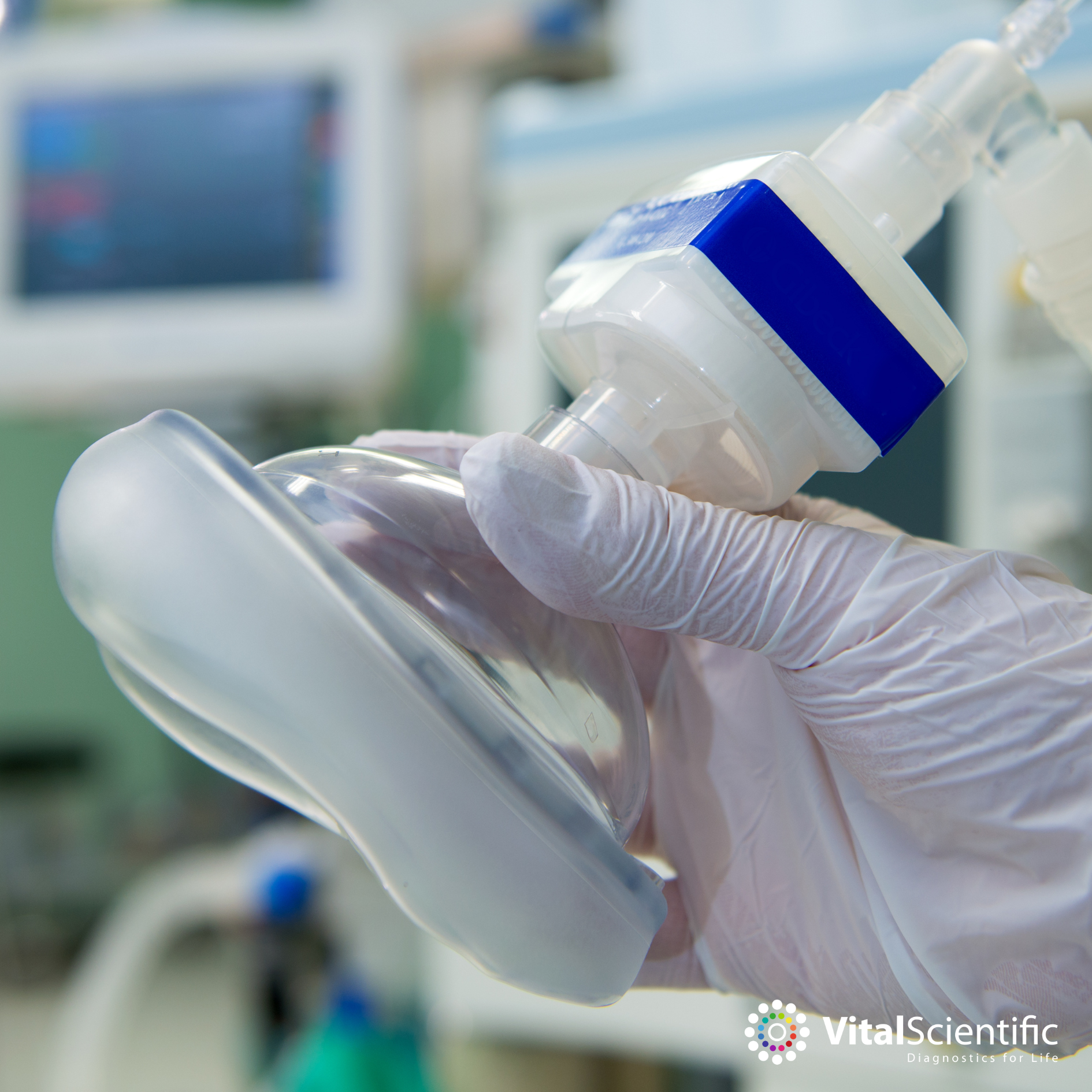
PRODUCT NEWS
Unlock the potential
of Lithium testing
Lithium (Eskalith, Lithobid) is the most widely used and recommended standard long-term treatment for Bipolar disorder, and one of the most consistently effective medicines in psychiatry. (1,2,3,4,5)
In 2021 approx. 50 million people were diagnosed with bipolar disorder (6,7,8) and on average 50% are treated with Lithium and tested regularly (2-4 times per year) due to a relatively narrow therapeutic range and toxicity.
Hurdles of Lithium testing
The prevalence of bipolar disorder and growing awareness of therapeutic drug monitoring have driven significant growth in lithium testing. However, some of the current routine IVD Lithium testing methods encounter challenges. Atomic Absorption spectrophotometry (AAS) is considered a cost-effective option but requires special equipment or sample splitting. Ion-selective electrode (ISE) is seen as expensive to maintain for low-volume tests (c/w Na/K/CL).
Significant competitive advantages with new Lithium reagent*
Our new Lithium reagent offers an attractive and cost-effective alternative to the prevailing assays on the market. This enhancement in cost-effectiveness benefits smaller to mid-sized laboratories that do not utilize large IVD platforms and reduces the associated costs of transitioning away from Lithium ISE.
Expand your system test menu and availability of Lithium. For more information, please visit our reagent page or contact us.
The VitalScientific Lithium reagent is a product of well-proven technology, carefully manufactured in our state-of-the-art, CE-IVDR and ISO 13485:2016 compliant facility in France, Europe.
- Reagent Single Liquid stable reagent
- Range 0.1 – 3.0 mmol/L
- Method Decreasing Endpoint
- Sample type Serum/ Plasma
- Primary Wavelength 505-520 nm
- Secondary Wavelength 450-480 nm

For consistent, accurate, and reliable results on VitalScientific’s Selectra analyzers, Selectra System Reagents, Calibrators, and Controls are recommended.
*Product availability may be subject to regulatory requirements. Please contact your local representative for more information.
Lithium References
- Lithium: the gripping history of a psychiatric success story Nature 572, 584-585 (2019)
- National Institute for Health and Care Excellence. 2014. Bipolar disorder: assessment and management. [Clinical Guideline; CG185] https://wwwniceorguk/guidance/cg185
- Nederlof M, Kupka RW, Braam AM, Egberts A, Heerdink ER. Evaluation of clarity of presentation and applicability of monitoring instructions for patients using lithium in clinical practice guidelines for treatment of bipolar disorder. Bipolar Disord. 2018;20:708–20.
- Nikolova VL, Pattanaseri K, Hidalgo-Mazzei D, Taylor D, Young AH. Is lithium monitoring NICE? Lithium monitoring in a UK secondary care setting. J Psychopharmacol. 2018;32:408–15.
- Nolen WA, Licht RW, Young AH, Malhi GS, Tohen M, Vieta EK, et al. What is the optimal serum level for lithium in the maintenance treatment of bipolar disorder? A systematic review and recommendations from the ISBD/IGSLI task force on treatment with lithium. Bipolar Disord. 2019;21:394–409.
- International Bipolar Foundation (IBPF) https://ibpf.org/wp-content/uploads/2022/04/impact-report-22022.pdf
- Monitoring of patients treated with lithium for bipolar disorder: an international survey, Nederlof et al. Int J Bipolar Disord (2018) 6:12 https://doi.org/10.1186/s40345-018-0120-1
- Ng F, Mammen OK, Wilting I, Sachs GS, Ferrier IN, Cassidy F, et al.. The International Society for Bipolar Disorders (ISBD) consensus guidelines for the safety monitoring of bipolar disorder treatments. Bipolar Disord 2009; 11: 559- 595.
Read more articles
Let us help you
For general inquiries or technical support, please use the link to the right. Click ‘Contact’ to complete a brief online form, and someone will be in touch with you soon.






